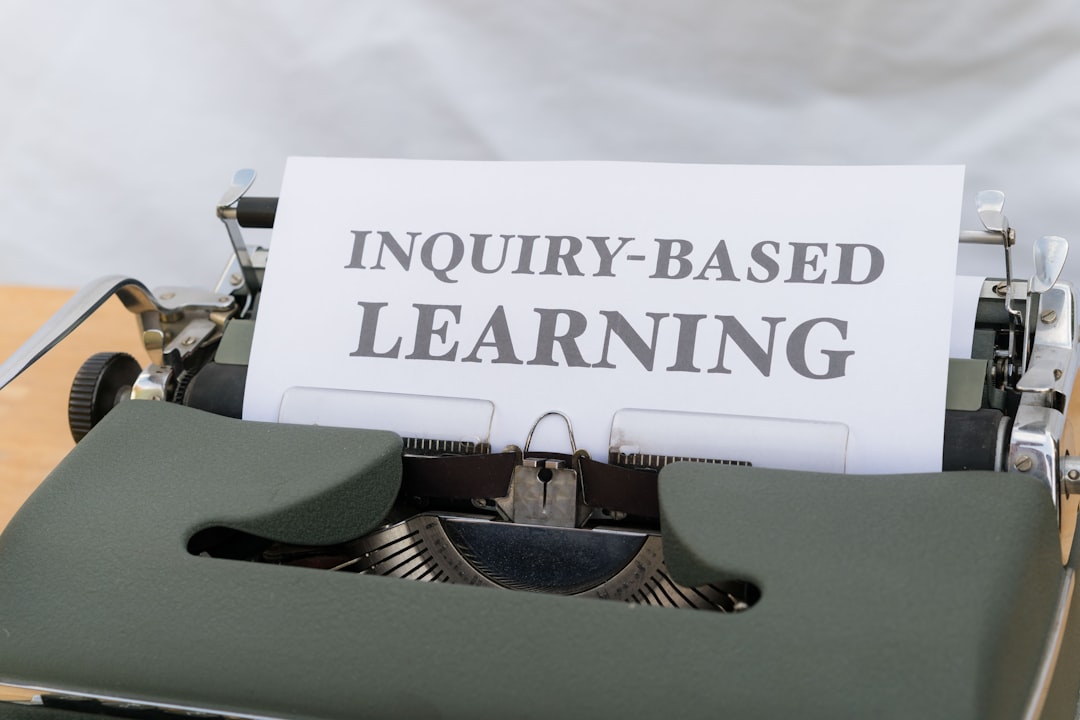In today’s digital age, where written content circulates at unprecedented volumes, the concern over plagiarism has reached new heights. Plagiarism detection tools play a vital role in academia, publishing, marketing, and content creation. These tools are designed to cross-reference submitted work with vast databases to identify copied or closely paraphrased material. Yet, many people ask an important question: Can plagiarism detectors identify content taken from offline sources?
The answer is both nuanced and situational. While plagiarism detectors are highly effective in spotting copied content from online databases, digital libraries, and previously submitted work, they struggle when dealing with content from natural offline sources like printed books, handwritten notes, or unpublished manuscripts.
Limitations of Plagiarism Detection Tools
Most plagiarism detection software relies heavily on online databases and other digital repositories. These tools operate by scanning the submitted document and comparing it against:
- Online academic journals
- Websites and blogs
- Student paper archives
- News publications
- Open-source databases

However, if someone were to copy paragraphs from a book that hasn’t been digitized or a handwritten paper that was never uploaded online, chances are that standard plagiarism detection software won’t recognize it as plagiarized. Hence, content from purely offline resources often goes unnoticed unless it has a digital counterpart the detector can identify.
Workarounds for Offline Source Detection
Though challenging, detecting plagiarism from offline sources is not entirely impossible. Here are some practices that educators and institutions use:
- Manual verification: Teachers and editors sometimes recognize a shift in writing style or suspiciously advanced vocabulary, prompting them to investigate further using their background knowledge or subject expertise.
- Combining digital archives: Some powerful detection programs have begun integrating digitized versions of older academic material, including books and journals, which were once only available in print.
- Libraries and citation analysis: Matching citations and bibliographies with available records can sometimes hint at offline sources not originally credited properly.
Despite these strategies, there is no industry-wide system that guarantees the detection of all plagiarized content, especially when it comes from sources devoid of a digital footprint.

Emerging Technologies and Future Trends
Technological developments such as artificial intelligence (AI) and machine learning are slowly closing the gap. Some next-generation software is being trained to recognize patterns, styles, and commonly replicated writing sequences. With comprehensive databases constantly expanding, there’s optimism that more traditional offline content will be digitized and indexed in the future.
AI may eventually allow detection tools to spot content that’s too similar in structure or theme even without a direct source to compare it to. However, until these capabilities become mainstream, detecting content taken from offline sources remains a blind spot for most systems.
Best Practices to Avoid Plagiarism
Regardless of the source—online or offline—everyone should aim to maintain academic integrity. To avoid plagiarism:
- Always cite sources properly, including books, journals, and personal communications.
- Use quotation marks for directly copied text and give credit to original authors.
- Paraphrase carefully, ensuring the rewritten content is original while still acknowledging the source.

FAQs
- Can Turnitin detect offline content?
Turnitin relies primarily on its digital database, so it typically cannot detect content copied from sources that have never been digitized. - What counts as an offline source?
Offline sources are materials not available on the internet or digital archives, such as printed books, magazines, personal notebooks, or unpublished manuscripts. - Is it still considered plagiarism if the source is offline?
Yes. Plagiarism is about using someone else’s work without proper acknowledgment, regardless of the source’s format. - Are there tools specifically designed for offline content detection?
Not specifically. Some advanced tools may have extensive archives that include digitized versions of older offline materials, but there is no dedicated tool exclusively for detecting offline source plagiarism. - How can educators combat offline plagiarism?
Educators can examine shifts in writing quality, run sample checks, encourage original thought, and teach students the value of proper citation to deter misconduct.
 logo
logo



